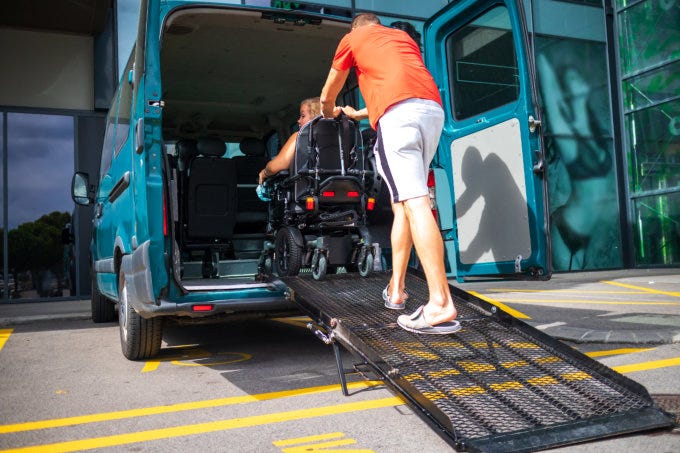Getting to and from medical appointments can be challenging, especially for those with limited mobility or no access to transportation. While some situations clearly call for an ambulance, oftentimes a non-emergency medical transportation (NEMT) service is a practical option without compromising safety or care. Understanding the differences between these services and when each is appropriate can help ensure patients get where they need to go, without unnecessary costs or anxiety.
What is Non-Emergency Medical Transportation?
NEMT services encompass a wide range of medical transportation options used to get patients to non-urgent healthcare visits. It may involve specialized vans, cars, shuttles equipped for wheelchairs and stretchers, as well as commercial airline medical escort services. These transport patients to things like regular doctor visits, trips to the pharmacy or lab tests when an ambulance is not required, as well as over longer distances where someone with medical issues needs escorting on a flight.
NEMT fills a vital niche, providing a way for those lacking transportation due to age, disability or medical needs to access routine care and maintain better health.
When is NEMT the Right Choice?
When might NEMT be used over an ambulance? The main distinction comes down to whether the situation involves a health emergency. For non-life threatening concerns, NEMT enables patients to receive appropriate care. Circumstances include:
- Visits for managed health conditions, like dialysis or physical therapy
- Transport home after hospital discharge
- Travel to medical appointments when not needing emergency care en route
- Safely moving a loved one long-distance if they have medical needs
NEMT vehicles and staff may not be equipped for emergency response, but they can provide appropriate transport for more routine healthcare trips. Patients should still discuss any special assistance needed, like mobility accommodations, with their NEMT provider.
Using an Ambulance Appropriately
Emergency ambulances remain vitally important for specific situations. These specially equipped vehicles have trained EMTs on board and are designed for quick response and caring for patients en route when minutes make a difference. Ambulances should be called for circumstances like:
- Sudden or concerning onset of symptoms
- Injuries from significant trauma
- Transport needed while receiving urgent medical treatment unavailable outside a hospital
- Those unconscious or needing supervision by EMTs
Getting ambulance services unnecessarily can be inconvenient for both patients and EMS teams. Understanding when an ambulance is required versus when NEMT suffices helps target resources where most critical while managing costs.
Making the Most of Your NEMT Service
Using a non-emergency medical transportation service opens up access to healthcare for many patients. However, to get the most out of NEMT, it helps to understand options and proactively communicate with providers. Things that enable optimal use of these services include:
- Researching NEMT offerings in your region, whether through Medicaid, Medicare, private companies or public transit
- Providing maximum notice of needed transportation for appointments
- Advising of any mobility aids, assistants or accommodations needed
- Having correct pick-up addresses and contact information on file
- Checking on estimated pick-up times and calling with any changes to plans
- Carrying any necessary medication, supplies or paperwork for appointments
For non-urgent trips, NEMT enables patients to focus on their health instead of logistics. And preserving emergency services for those most in need remains important for the well-being of all. Understanding the difference allows everyone to receive responsive, appropriate care so they can access the medical services they require.





Be First to Comment